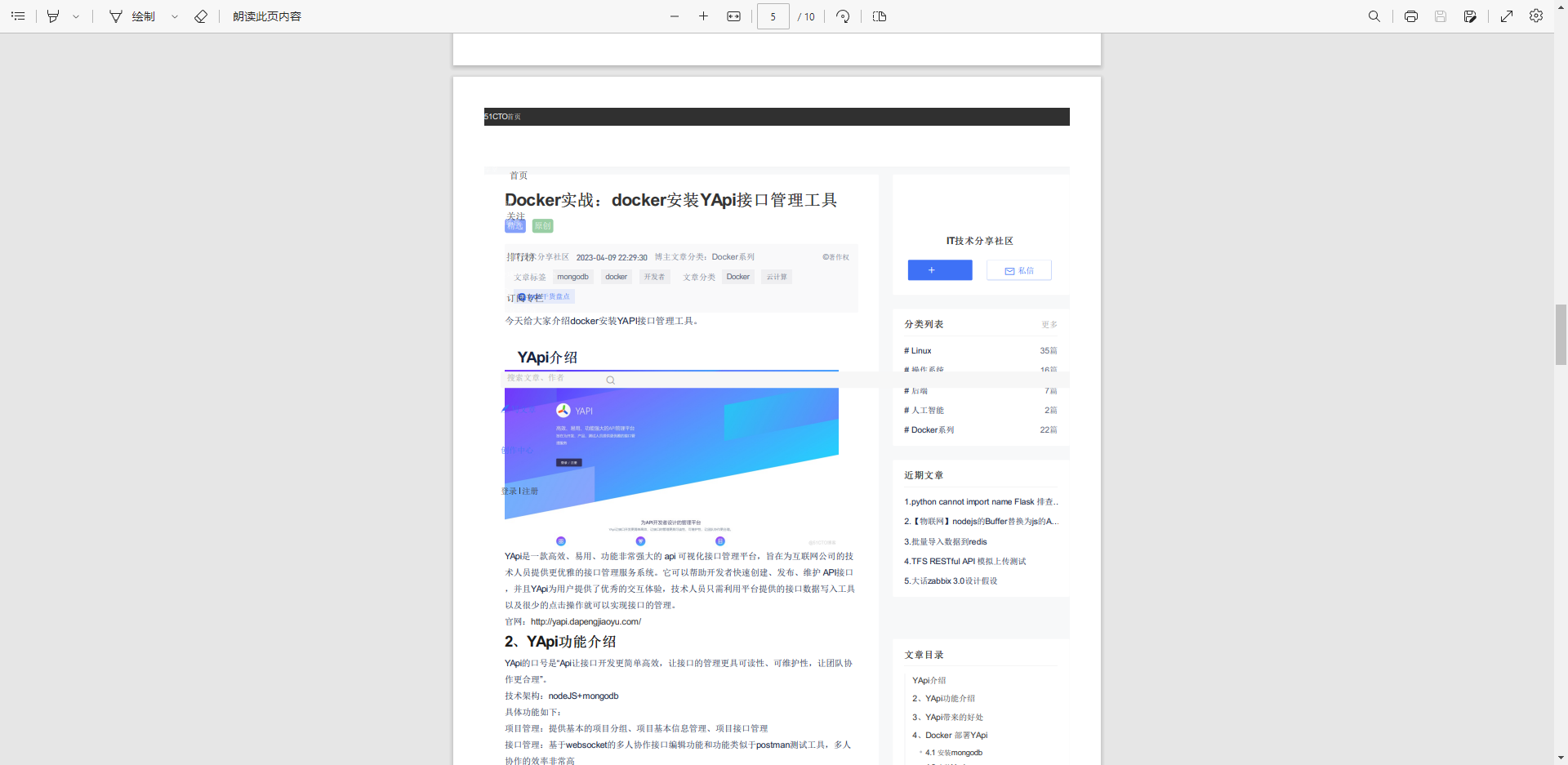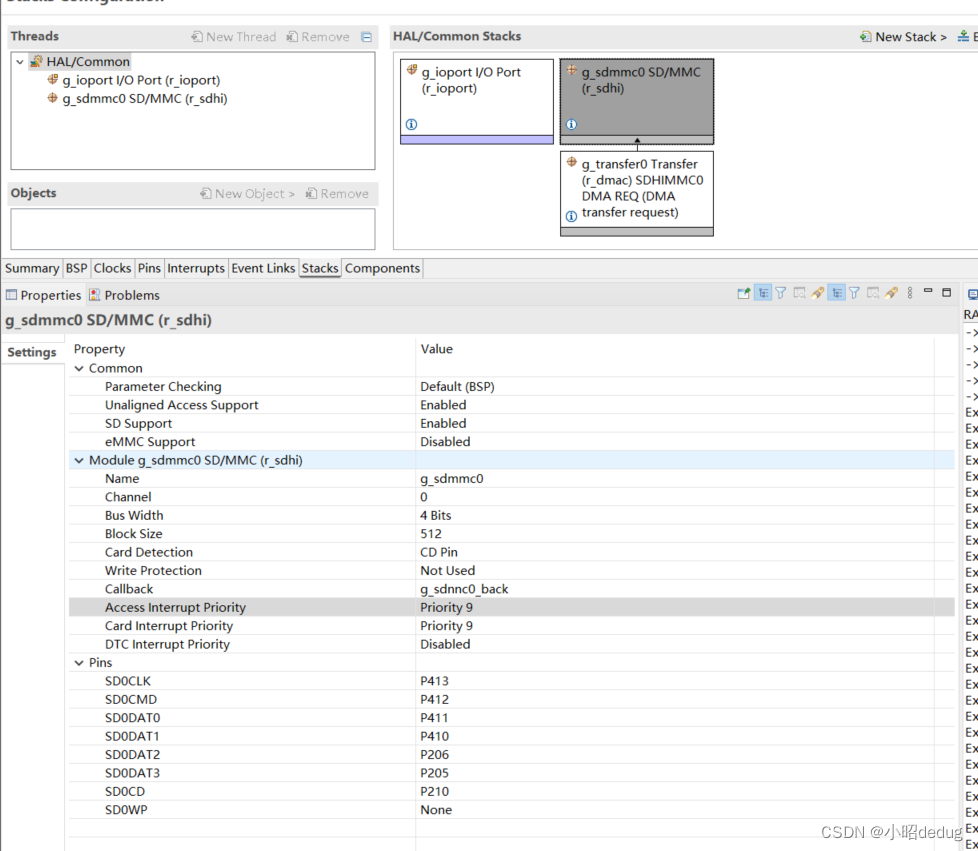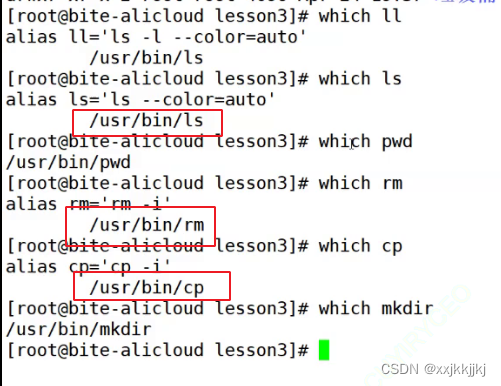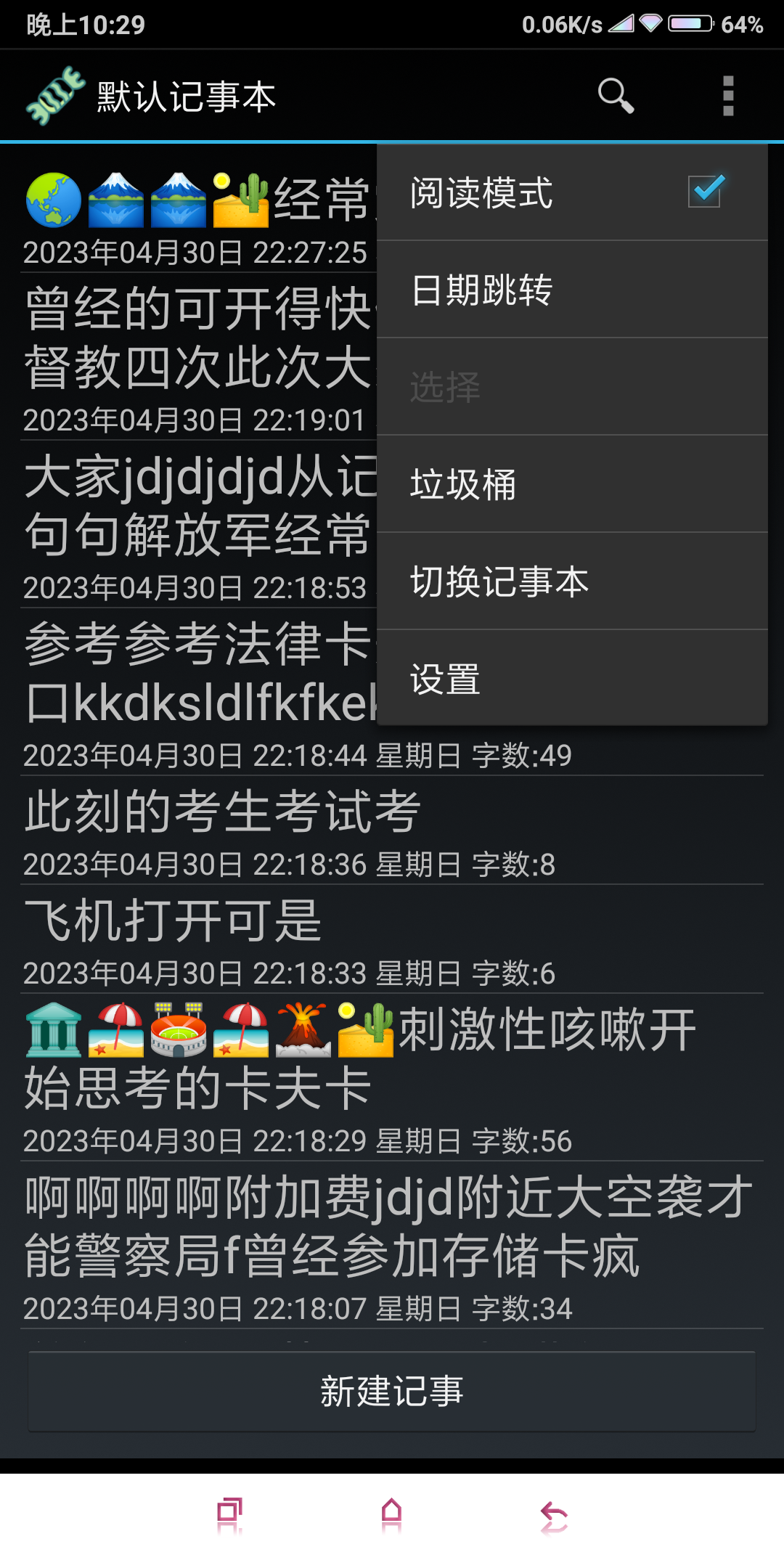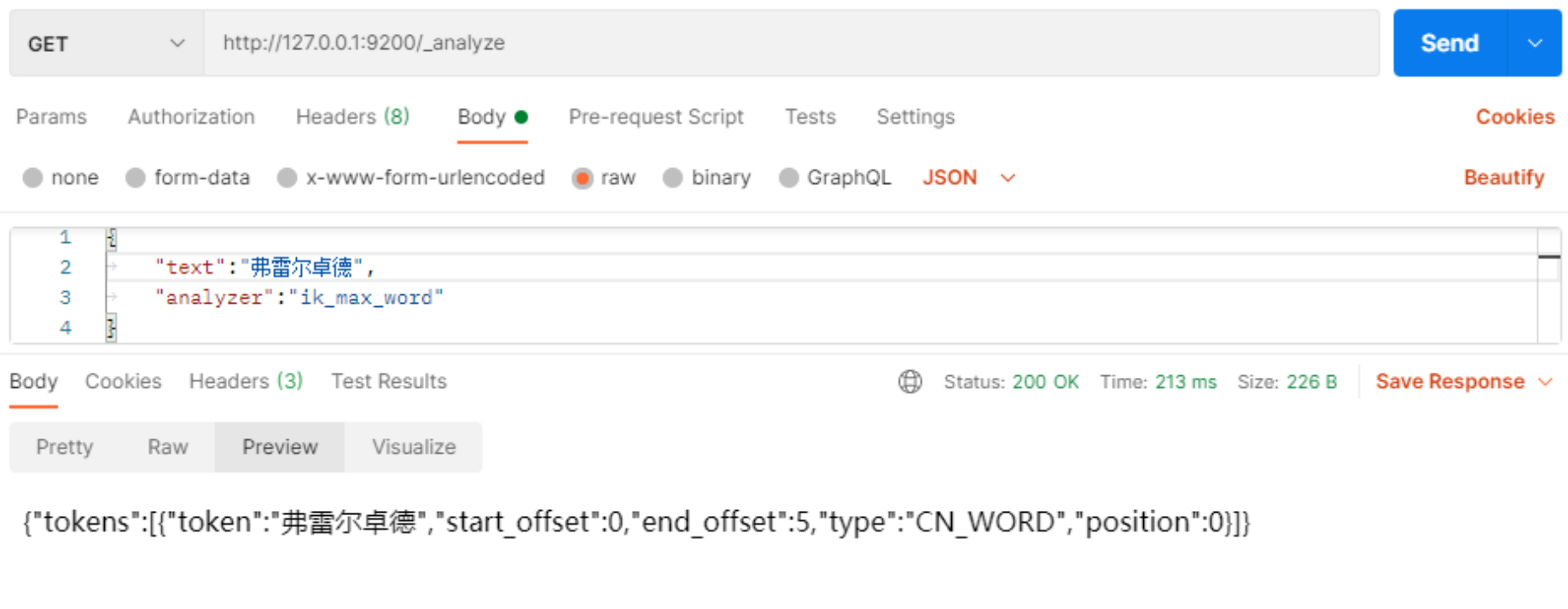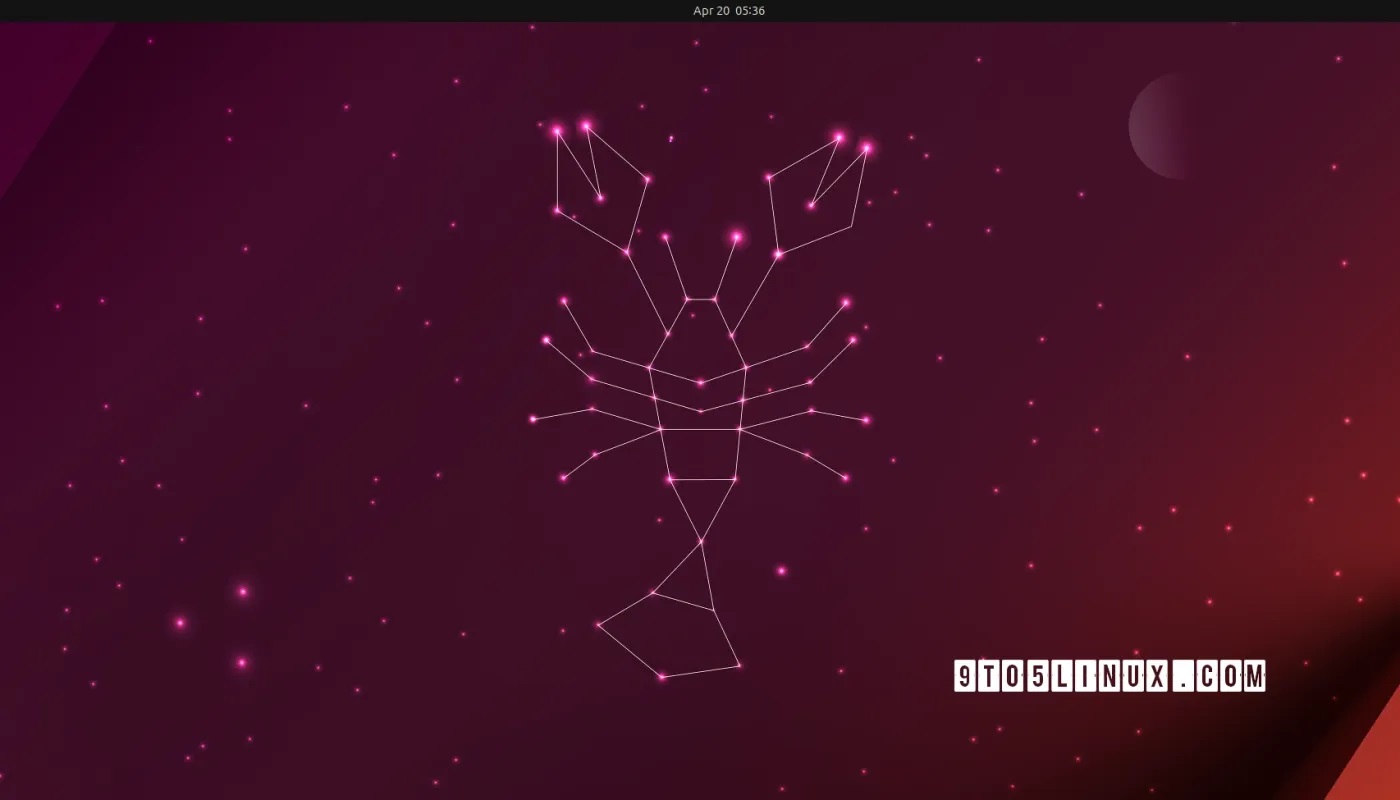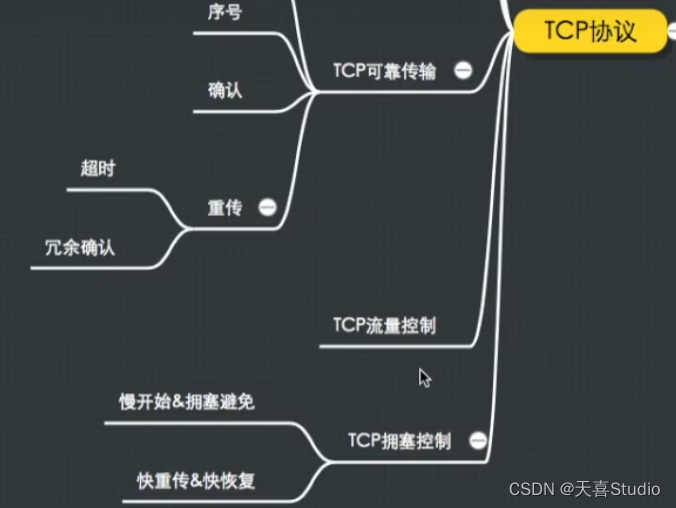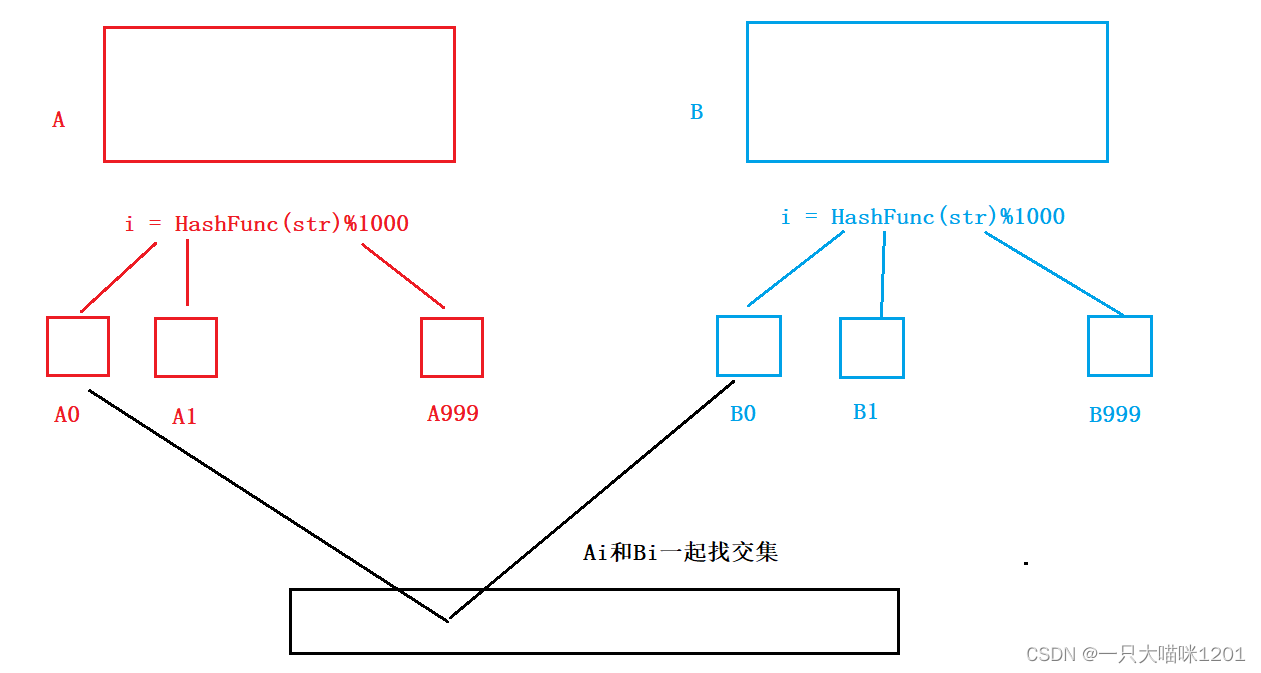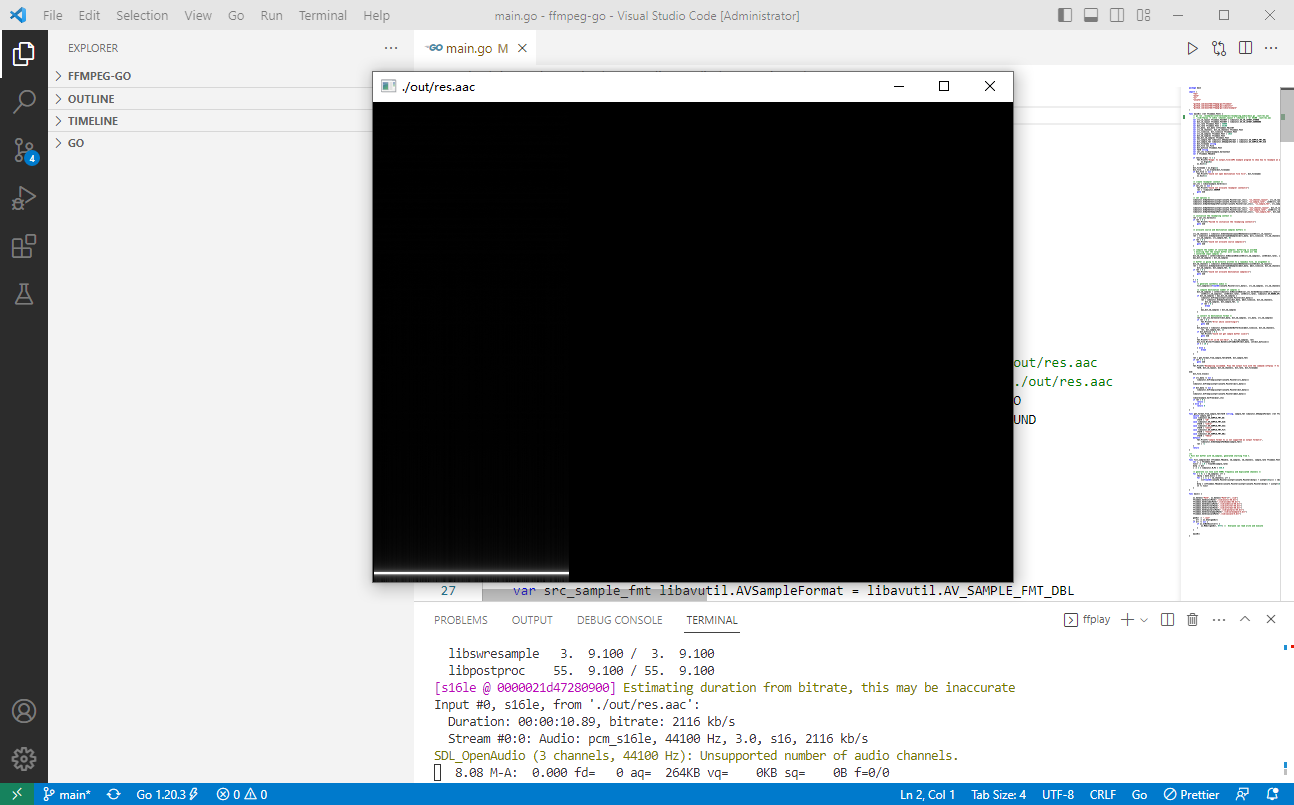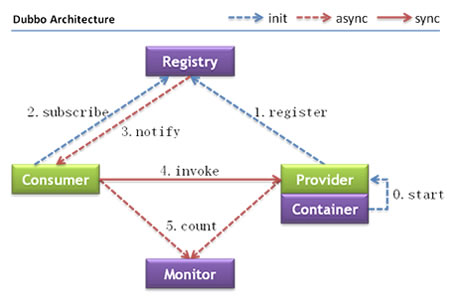最近在学数据结构和算法,正好将学习的东西记录下来,我是跟着一个b站博主学习的,是使用js来进行讲解的,待会也会在文章后面附上视频链接地址,大家想学习的可以去看看
本文主要讲解单向链表,双向链表后续也会更新
一、什么是链表

二、链表的的常见操作
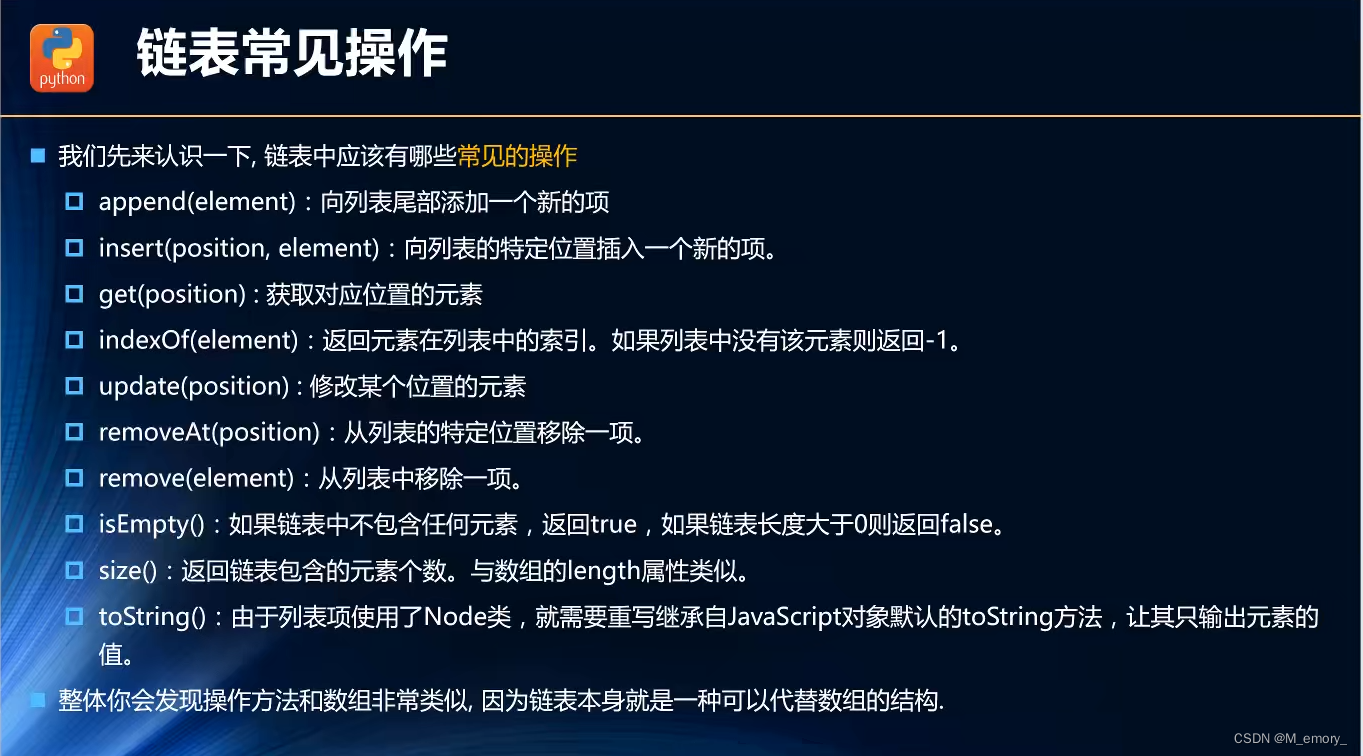
三、链表的封装
1、append方法
// 封装 append 追加方法
LinkedList.prototype.append = function() {
// 1、创建新的节点
var newNode = new Node(data)
// 2、判断添加的是否为第一个节点
if (this.length == 0) { // 2.1 是第一个节点
this.head = newNode
} else { // 2.2 不是第一个节点
// 找到最后一个节点
var current = this.head
while (current.next) { // 判断下一个节点是否为 null ,如果为 null 就跳出循环,如果不为 null ,就继续往后寻找,一直找到最后的节点
current = current.next
}
// 最后节点的next指向新的节点
current.next = newNode
}
this.length += 1
}2、toString 方法
// 封装 toString 字符串方法
LinkedList.prototype.toString = function() {
// 1、定义变量指向头结点
var current = this.head
var listString = "" // 定义变量存储字符串
// 2、循环获取每一个节点
while (current) {
listString += current.data + " "
current = current.next // 将头结点指向下一个节点
}
// 返回字符串
return listString
}3、insert 方法
// 封装 insert 插入方法
LinkedList.prototype.insert = function(position, data) { // position 为插入的位置,data 为插入的值
// 1、对 position 进行越界判断
if (position < 0 || position > this.length) return false
// 2、根据 data 创建 newNode
var newNode = new Node(data)
// 3、判断插入的位置是否是第一个
if (position == 0) {
newNode.next = this.head // 先将新节点的 next 指向当前头节点,因为当前头节点指向下一个节点
this.head = newNode // 再将头结点指向新节点
} else {
var index = 0 // 定义一个索引值
var current = this.head // 定义一个当前的值为头节点
var previous = null // 定义一个比当前节点靠前的一个节点
while (index++ < position) { // 判断索引值与插入的位置进行比较,如果小于要插入的位置,就依次找到当前值与前一个值
previous = current
current = current.next
}
newNode.next = current // 将新节点的 next 指向当前的值
previous.next = newNode // 将前一个值的 next 指向新的节点
}
// 4、更新长度 length+1
this.length += 1
return true
}4、get 方法
// 4、封装 get 获取方法
LinkedList.prototype.get = function(position) {
// 1、越界判断
if(position < 0 || position >= this.length) return null
// 2、获取对应的 data
var current = this.head // 定义当前值为头节点
var index = 0 // 定义索引值为0
while(index++ < position){ // 循环找到需要的 position 对应位置的值
current = current.next
}
return current.next
}5、indexOf 方法
// 5、封装 indexOf 返回指定数据的下标值方法
LinkedList.prototype.indexOf = function(data) {
// 1、定义变量
var current = this.head
var index = 0
// 2、开始查找
while (current) { // 判断current是否为null,如果为null才退出循环
if (current.data == data) { // 判断当前current的值是否为要查找的值,如果是,直接返回对应下标,如果不是,继续往后找
return index
}
current = current.next
index += 1
}
// 3、找到最后没有找到,返回 -1
return -1
}6、update 方法
// 6、封装 update 更新指定位置数据的方法
LinkedList.prototype.update = function(position, newData) {
// 1、越界判断
if (position < 0 || position >= this.length) return false
// 2、查找正确的节点
var current = this.head
var index = 0
while (index++ < position) {
current = current.next
}
// 3、将 position 位置的 node 的 data 修改成 newData
current.data = newData
return true
}7、removeAt 方法
// 7、封装 removeAt 删除指定位置的节点方法
LinkedList.prototype.removeAt = function(position) {
// 1、越界判断
if (position < 0 || position >= this.length) return null
// 2、判断是否删除的是第一个节点
var current = this.head
if (position == 0) {
this.head = this.head.next // 如果删除的是第一个节点,直接将头节点指向下一个节点
} else {
var index = 0
var previous = null
while (index++ < position) {
previous = current
current = current.next
}
// 找到要删除的节点,然后将这个节点的前一个节点的 next 指向这个节点的下个节点
previous.next = current.next
}
// 3、length-1
this.length -= 1
return current.data // 删除节点一般会返回要删除的这个值
}8、remove 方法
// 8、封装 remove 删除指定数据的节点的方法
LinkedList.prototype.remove = function(data) {
// 1、获取 data 在列表中的位置
var position = this.indexOf(data)
// 2、根据位置信息,删除节点
return this.removeAt(position)
}9、isEmpty方法
// 9、封装 isEmpty 判断链表是否为空方法
LinkedList.prototype.isEmpty = function() {
return this.length == 0
}10、size方法
// 10、封装 size 返回链表长度方法
LinkedList.prototype.size = function() {
return this.length
}完整代码加测试代码
// 封装链表类
function LinkedList() {
// 封装内部的类:节点类
function Node(data) {
this.data = data
this.next = null
}
// 封装属性
this.head = null
// 封装链表的长度
this.length = 0
// 1、封装 append 追加方法
LinkedList.prototype.append = function(data) {
// 1、创建新的节点
var newNode = new Node(data)
// 2、判断添加的是否为第一个节点
if (this.length == 0) { // 2.1 是第一个节点
this.head = newNode
} else { // 2.2 不是第一个节点
// 找到最后一个节点
var current = this.head
while (current.next) { // 判断下一个节点是否为 null ,如果为 null 就跳出循环,如果不为 null ,就继续往后寻找,一直找到最后的节点
current = current.next
}
// 最后节点的next指向新的节点
current.next = newNode
}
this.length += 1
}
// 2、封装 toString 字符串方法
LinkedList.prototype.toString = function() {
// 1、定义变量指向头结点
var current = this.head
var listString = "" // 定义变量存储字符串
// 2、循环获取每一个节点
while (current) {
listString += current.data + " "
current = current.next // 将头结点指向下一个节点
}
// 返回字符串
return listString
}
// 3、封装 insert 插入方法
LinkedList.prototype.insert = function(position, data) { // position 为插入的位置,data 为插入的值
// 1、对 position 进行越界判断
if (position < 0 || position > this.length) return false
// 2、根据 data 创建 newNode
var newNode = new Node(data)
// 3、判断插入的位置是否是第一个
if (position == 0) {
newNode.next = this.head // 先将新节点的 next 指向当前头节点,因为当前头节点指向下一个节点
this.head = newNode // 再将头结点指向新节点
} else {
var index = 0 // 定义一个索引值
var current = this.head // 定义一个当前的值为头节点
var previous = null // 定义一个比当前节点靠前的一个节点
while (index++ < position) { // 判断索引值与插入的位置进行比较,如果小于要插入的位置,就依次找到当前值与前一个值
previous = current
current = current.next
}
newNode.next = current // 将新节点的 next 指向当前的值
previous.next = newNode // 将前一个值的 next 指向新的节点
}
// 4、更新长度 length+1
this.length += 1
return true
}
// 4、封装 get 获取方法
LinkedList.prototype.get = function(position) {
// 1、越界判断
if (position < 0 || position >= this.length) return null
// 2、获取对应的 data
var current = this.head // 定义当前值为头节点
var index = 0 // 定义索引值为0
while (index++ < position) { // 循环找到需要的 position 对应位置的值
current = current.next
}
return current.data
}
// 5、封装 indexOf 返回指定数据的下标值方法
LinkedList.prototype.indexOf = function(data) {
// 1、定义变量
var current = this.head
var index = 0
// 2、开始查找
while (current) { // 判断current是否为null,如果为null才退出循环
if (current.data == data) { // 判断当前current的值是否为要查找的值,如果是,直接返回对应下标,如果不是,继续往后找
return index
}
current = current.next
index += 1
}
// 3、找到最后没有找到,返回 -1
return -1
}
// 6、封装 update 更新指定位置数据的方法
LinkedList.prototype.update = function(position, newData) {
// 1、越界判断
if (position < 0 || position >= this.length) return false
// 2、查找正确的节点
var current = this.head
var index = 0
while (index++ < position) {
current = current.next
}
// 3、将 position 位置的 node 的 data 修改成 newData
current.data = newData
return true
}
// 7、封装 removeAt 删除指定位置的节点方法
LinkedList.prototype.removeAt = function(position) {
// 1、越界判断
if (position < 0 || position >= this.length) return null
// 2、判断是否删除的是第一个节点
var current = this.head
if (position == 0) {
this.head = this.head.next // 如果删除的是第一个节点,直接将头节点指向下一个节点
} else {
var index = 0
var previous = null
while (index++ < position) {
previous = current
current = current.next
}
// 找到要删除的节点,然后将这个节点的前一个节点的 next 指向这个节点的下个节点
previous.next = current.next
}
// 3、length-1
this.length -= 1
return current.data // 删除节点一般会返回要删除的这个值
}
// 8、封装 remove 删除指定数据的节点的方法
LinkedList.prototype.remove = function(data) {
// 1、获取 data 在列表中的位置
var position = this.indexOf(data)
// 2、根据位置信息,删除节点
return this.removeAt(position)
}
// 9、封装 isEmpty 判断链表是否为空方法
LinkedList.prototype.isEmpty = function() {
return this.length == 0
}
// 10、封装 size 返回链表长度方法
LinkedList.prototype.size = function() {
return this.length
}
}
// 测试代码
// 1、创建LinkedList
var list = new LinkedList()
// 2、测试append方法
list.append('abc')
list.append('tng')
console.log(list.toString());
// 3、测试insert方法
list.insert(1, '12')
list.insert(2, '333')
console.log(list.toString());
// 4、测试get方法
console.log(list.get(0));
console.log(list.get(1));
console.log(list.get(2));
console.log(list.get(3));
// 5、测试indexOf方法
console.log(list.indexOf('333'));
// 6、测试update方法
list.update(0, '999')
list.update(1, '888')
console.log(list.toString());
// 7、测试removeAt方法
list.removeAt(0)
console.log(list.removeAt(1));
console.log(list.toString());
// 8、测试remove方法
list.remove('tng')
console.log(list.toString());
// 9、测试isEmpty方法
list.isEmpty()
console.log(list.isEmpty());
// 10、测试size方法
list.size()
console.log(list.size());下面附上b站视频链接,需要学习的可以去看看(JavaScript算法与数据结构)
